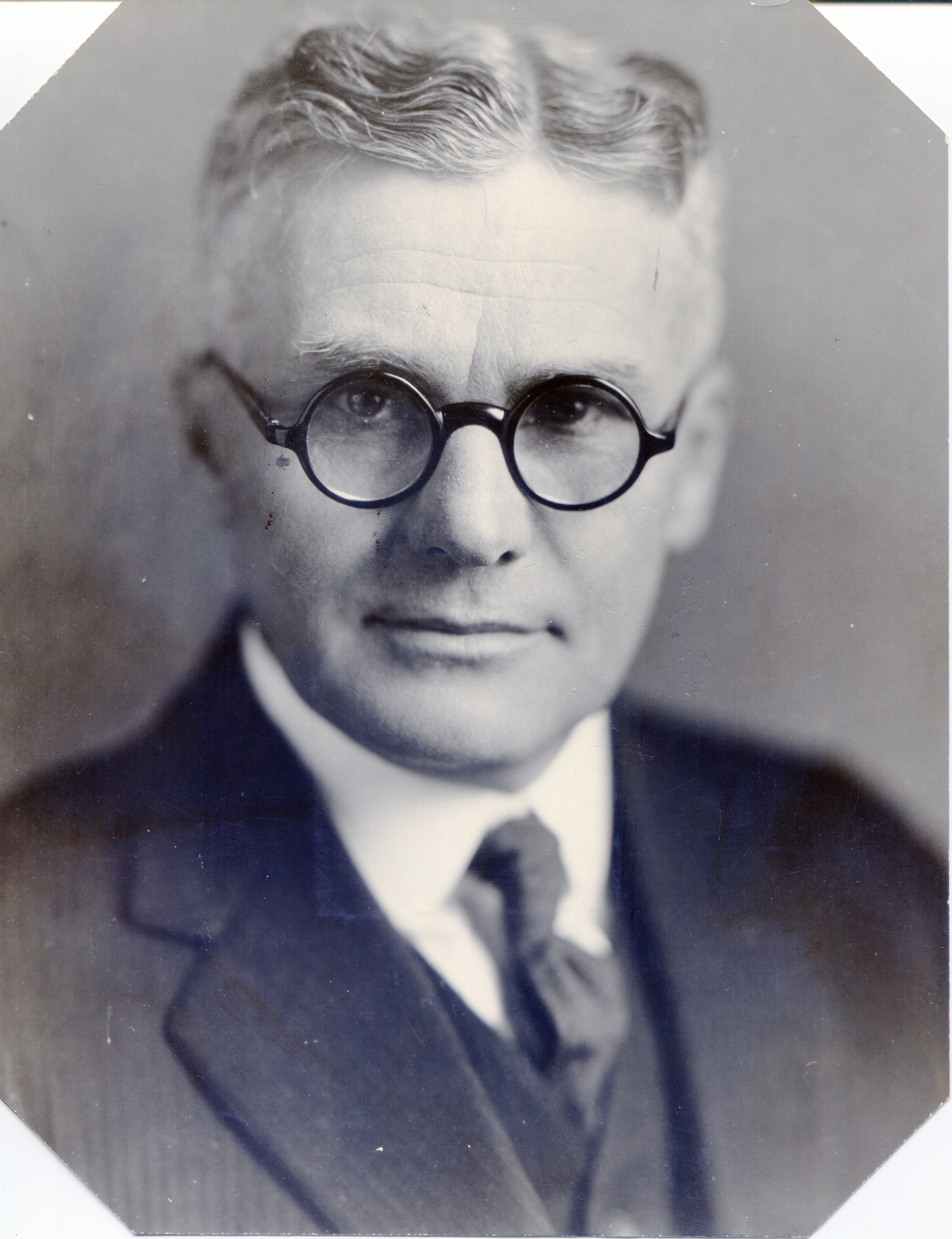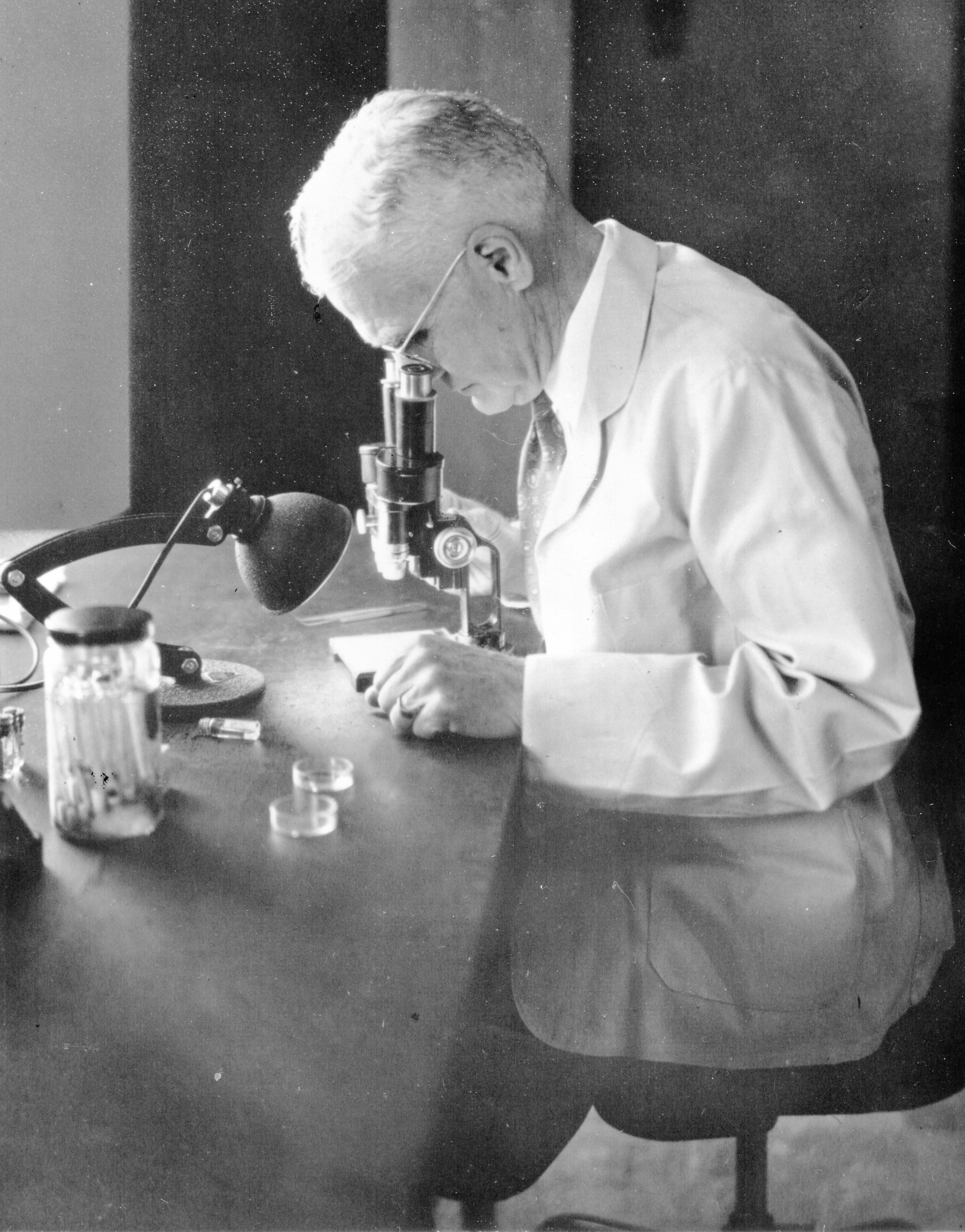...
He was in charge of Montana’s RMSF work between 1917–1921, which were years when the U.S. Public Health Service was not involved in this work. When the Public Health Service and the State of Montana began working together again on RMSF, at Montana’s request, at the Canyon Creek Schoolhouse laboratory, Cooley was there as head entomologist. In 1931, he became a Public Health Service employee instead of a Montana state employee, and also retired from his position at Montana State University. In 1936, he received an honorary doctorate from Montana State College, receiving the “Dr.” title that he had earned several times during his career. He stayed at Rocky Mountain Laboratories Laboratory (it became plural in 1982) until he retired in 1946.
...
| Div | ||||||||||||||||||||
|---|---|---|---|---|---|---|---|---|---|---|---|---|---|---|---|---|---|---|---|---|
| ||||||||||||||||||||
|
...
In 1930, the whole operation became part of the U.S. Public Health Service, and Parker became director of the Rocky Mountain LaboratoriesLaboratory (it became plural in 1982). Choosing the right people for the job was one of Parker’s talents as an administrator. He convinced Dr. Herald Cox to join the laboratory to try to make producing the vaccine easier than requiring many stages of tick feedings. Cox lived up to Parker’s expectations by developing a way to grow the pathogen in chick embryos instead. This method is still used in the preparation of many vaccines. Dr. Mason Hargett was also enticed to the laboratory by Parker just before World War II. Yellow fever could have become a terrible problem for U.S. troops during the war, but Hargett and the Rocky Mountain Laboratories Laboratory produced a vaccine that erased that national security concern.
...



